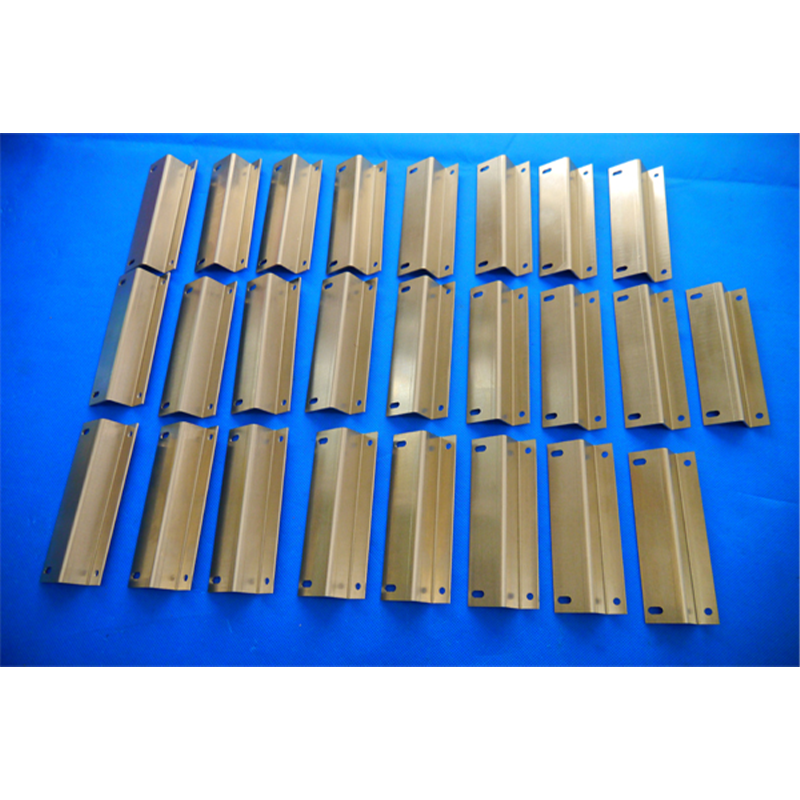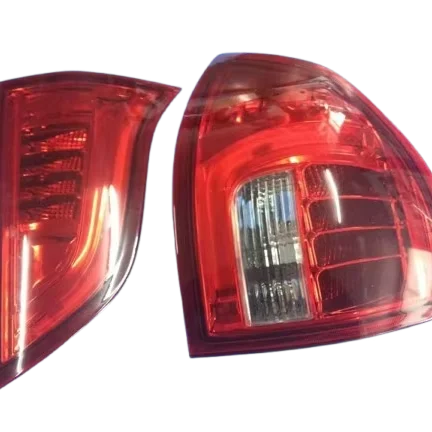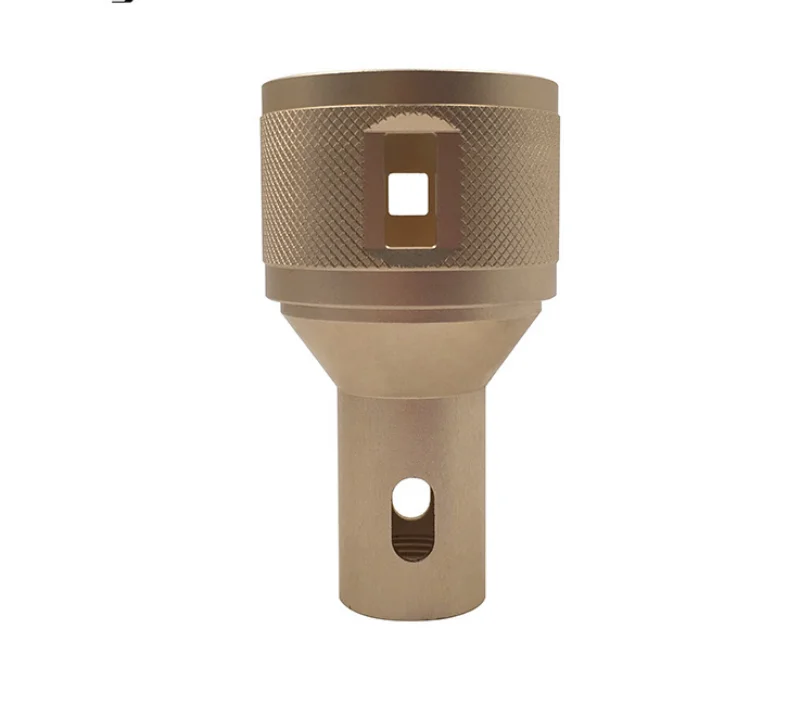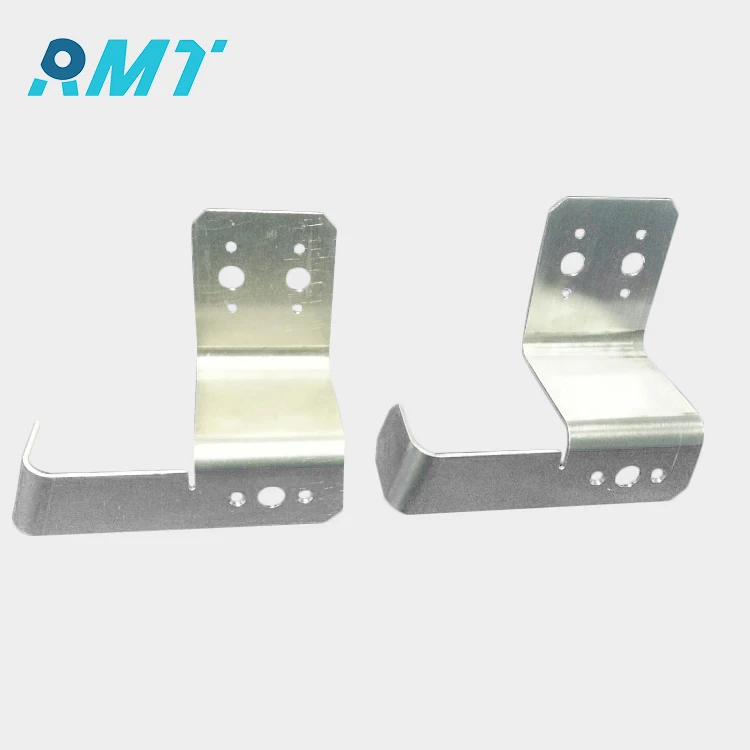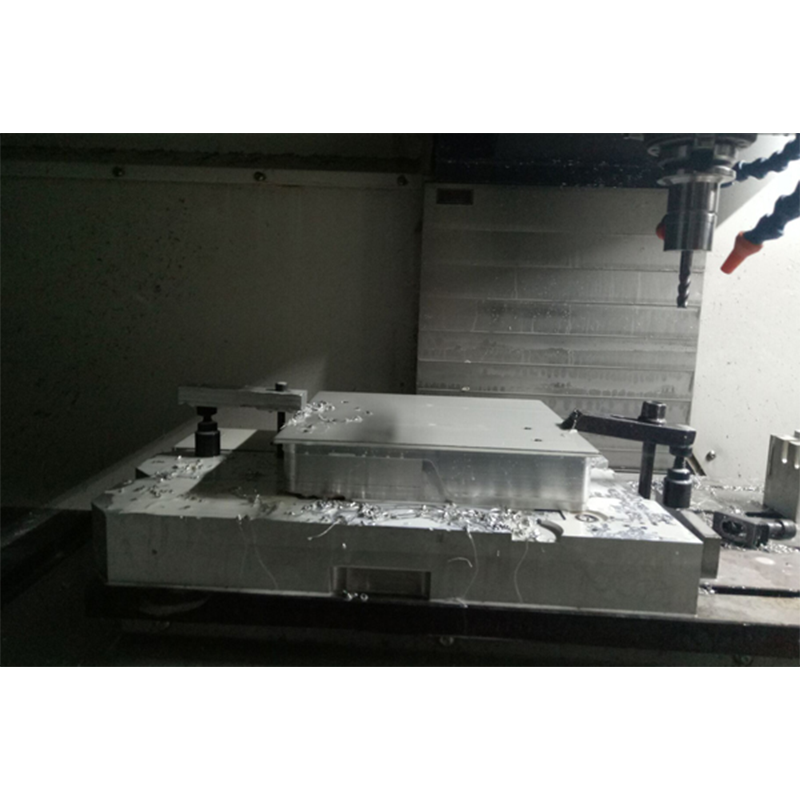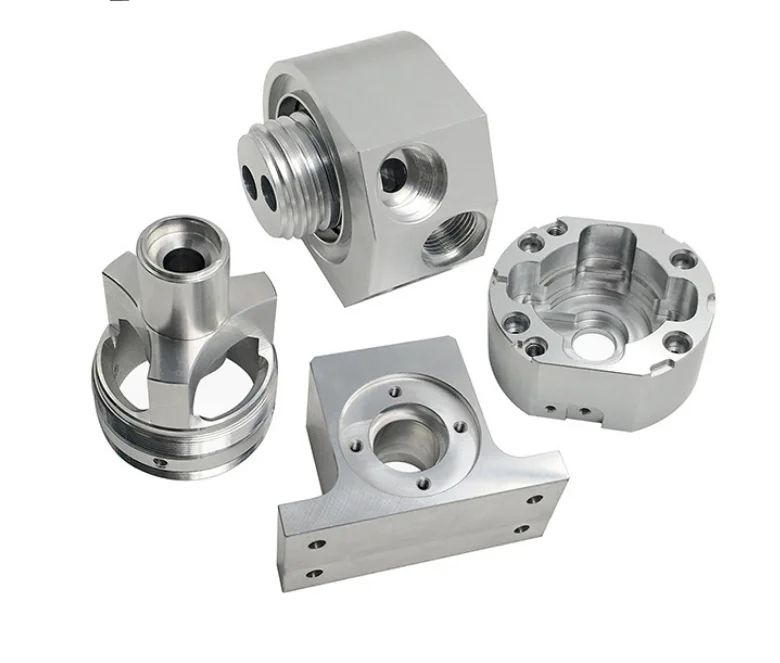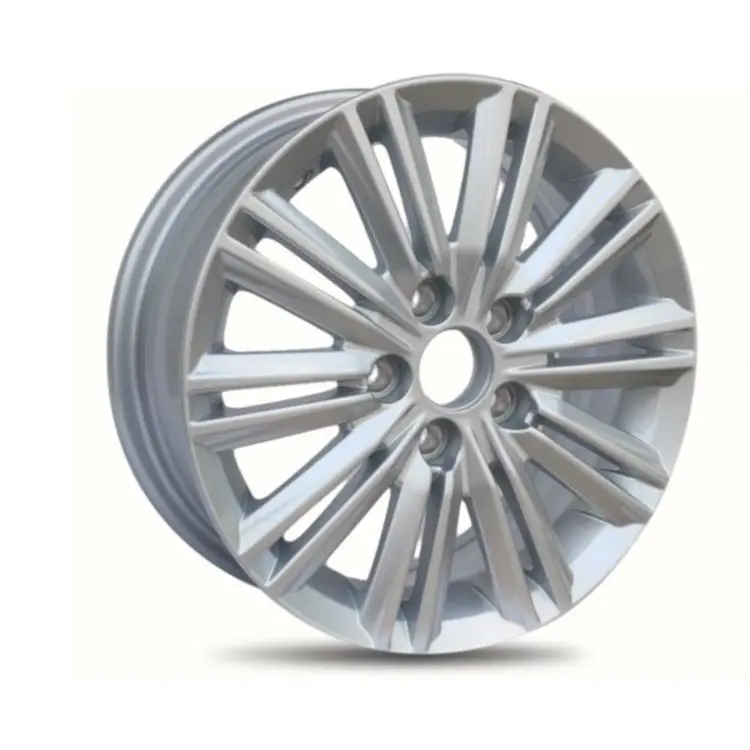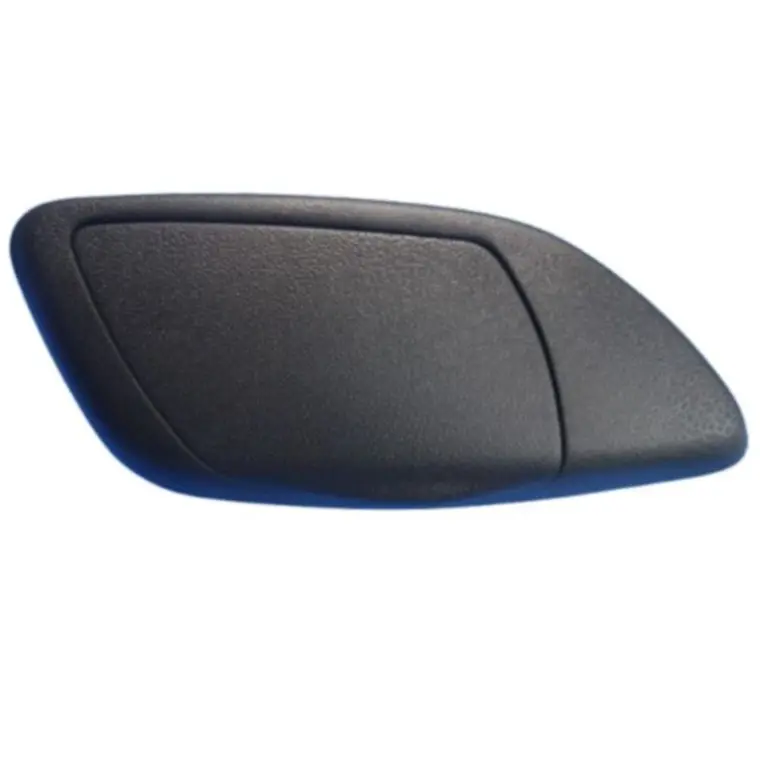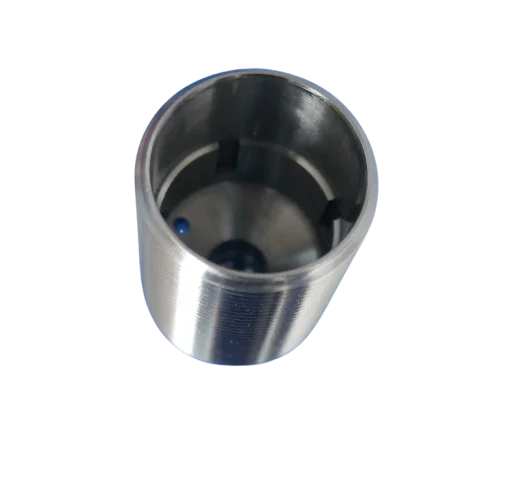Sheet Metal Fabrication: Techniques and Applications in Modern Industry
Understanding Sheet Metal Fabrication Techniques
Sheet metal fabrication turns flat metal sheets into all sorts of structures and parts needed across different industries. The whole thing works by combining several methods including cutting, bending, and putting things together. When fabricators cut these big sheets of metal, they break them down into smaller sections that can be shaped as needed. After cutting comes bending where those pieces get formed into whatever shape the design requires, followed by assembly to create complete structures. What makes this process so valuable is its ability to produce parts with very specific measurements. Industries like aerospace, automotive manufacturing, and construction depend heavily on these precisely made components because even small errors can lead to major problems down the line.
Sheet metal fabrication plays a really important role in manufacturing because it touches so many different sectors. We see it everywhere these days—from planes and cars right down to consumer electronics and building materials. Fabricators can make parts that stick to strict quality requirements, which means everything from engine components to satellite parts actually works as intended. What makes this process stand out is how adaptable it is. Manufacturers rely on sheet metal work to create all sorts of dependable products, even as technology keeps changing what we expect from our manufactured goods. The industry continues to evolve while still delivering those essential components that keep modern life running smoothly.
By leveraging advanced technologies and methodologies, sheet metal fabrication ensures that products are not only structurally sound but also tailored to meet specific industry requirements.
Key Techniques in Sheet Metal Fabrication
The world of sheet metal fabrication depends on various cutting methods that boost both productivity and accuracy in workshops across the country. Take laser cutting for instance—it's become pretty much standard equipment these days because it handles intricate shapes so well while maintaining incredible speed. Some tests back this up showing tolerances down to just 0.1mm, something that matters a lot in sectors where even tiny deviations matter, think aircraft parts or surgical instruments. Then there's plasma cutting which cuts right through thick steel plates thanks to superheated gas streams. Contractors working on heavy infrastructure stuff love this approach since it gets the job done without compromising structural integrity. Waterjet technology stands out too, especially when dealing with materials that might warp under traditional heat-based methods. By blasting away at metal with pressurized water mixed with grit, fabricators avoid thermal distortion issues altogether, making it a go-to solution for delicate components that need exact specifications maintained throughout production runs.
Sheet metal bending techniques like press brakes and roll forming let manufacturers create all sorts of complex shapes with pretty good accuracy. Press brake machines basically clamp down on metal sheets and bend them at exact angles needed for things like car parts that have those complicated curves and corners. Then there's roll forming which works best when dealing with longer metal strips. This method makes consistent cross sections over and over again, which is why we see it so much in stuff like metal roof panels where every piece needs to fit together perfectly. The whole field of precision sheet metal work keeps evolving across different sectors too. Construction definitely relies on these techniques but even companies making gadgets and electronic devices need similar approaches for their product casings and internal components.
When putting metal parts together, techniques like welding and riveting play a big role in getting things right. Welding basically melts metal to create a solid join, works great on stuff like stainless steel and aluminum. Car manufacturers rely heavily on this method because they need those parts to hold up under all sorts of stress. Then there's riveting, which uses those little metal pins to connect pieces without any heat involved. This makes it perfect for heavier applications where sparks might be dangerous or just not wanted. Across various industries, organizations such as AWS and ISO set down rules that everyone follows so whatever gets produced meets certain standards. From airplane structures to everyday appliances sitting in our kitchens, these guidelines help maintain consistency and safety throughout the manufacturing process.
Precision Sheet Metal Fabrication Processes
Sheet metal fabrication shops depend on CNC technology these days because it makes their work so much more accurate and repeatable. These computer controlled machines take over the boring task of controlling cutting and bending tools, which means metal pieces get cut and shaped with incredible precision every single time. The biggest benefit? Less wasted material since mistakes happen far less often during fabrication runs. Industry data shows that shops switching to CNC systems typically see around 50% improvements in how efficiently they produce parts, which explains why almost all major manufacturers have made the switch. For companies making intricate parts where measurements need to be spot on down to thousandths of an inch, this level of control matters a lot. Think about aircraft engine components or high performance car parts – even tiny deviations can spell disaster.
Sheet metal fabrication services are really important when it comes to making products exactly what customers need them to be. These specialized shops can craft custom parts and structures for all sorts of different uses, giving businesses options they wouldn't get from standard manufacturing. Take the automotive sector for instance - car manufacturers rely heavily on these custom jobs because no two vehicles have identical needs. Some companies might want lightweight panels for better fuel economy while others need reinforced sections for safety reasons. The same goes for aerospace where every gram matters, or construction projects requiring unusual shapes. Being able to offer this kind of tailored sheet metal work means industries can tackle their specific challenges head on, which ultimately leads to better performing products that stand out in crowded markets.
Applications of Sheet Metal Fabrication in Modern Industry
Sheet metal fabrication remains vital across both automotive and aerospace sectors, primarily because it creates those critical structural elements and exterior panels we see every day. When done right, precise sheet metal work makes sure all those parts can handle what they need to without weighing down vehicles or aircraft unnecessarily. Market analysts have noted something interesting lately too - demand for automotive sheet metal parts keeps climbing year after year, which tells us manufacturers just can't seem to get enough of these fabrication methods. Looking at planes specifically, the ability to craft lighter yet durable components through careful sheet metal work translates directly into better fuel economy for airlines, all while keeping passengers safe during flight operations.
Sheet metal fabrication plays a big role in construction and architecture by adding both looks and practical benefits to buildings today. Contractors use fabricated sheet metal for roofs, exterior coverings, and detailed decorative elements that make structures stand out visually, plus it stands up well to wear and tear from weather conditions. Take the famous Chrysler Building in New York City as just one example where sheet metal work creates those distinctive spiky details we all recognize. What makes this material so valuable is how easy it is to bend and form into almost any shape needed for a project. Architects love working with sheet metal because they can get creative without compromising on strength or functionality requirements for their designs.
Sheet metal fabrication makes a big difference in the world of electronics and appliance manufacturing too. Most consumer gadgets need metal casings and parts not just to look good but because they actually protect the delicate insides while helping manage heat buildup. We've seen pretty strong growth in recent years as people want their home appliances to last longer and pack more features. Market analysts point out that demand keeps climbing for all sorts of electronic devices these days. Why? Because technology keeps advancing so fast and manufacturers can now create those attractive, slim designs thanks to better fabrication techniques. At the end of the day, sheet metal remains fundamental to how our tech continues to develop and improve over time.
Product Showcase: Quality Sheet Metal Products
This collection features some really great sheet metal options that stand out because they work so well across different uses. Take these 100 Sets of 5052 Aluminum Sheets for instance they're made right for LED lamp shades. They resist corrosion pretty well and have just enough strength without being too heavy, which makes them perfect when designers want something both functional and attractive. Then there's the 304 Stainless Steel Sheet Metal Parts from our 100 Set package. These find their way into all sorts of lottery machines and gaming equipment around town. What makes them special? Well, they last forever basically and look super clean and professional, so operators know their machines will keep running smoothly even after years of constant use.
Product customization through advanced technologies like CNC machining and laser cutting underlines the adaptability of these metal sheets. By enabling precision fabrication, customization allows products to meet specific client requirements, enhancing application diversity across industries such as automotive parts manufacturing and precision sheet metal fabrication.
Advantages of Using Sheet Metal in Manufacturing
Sheet metal stands out for being both cost effective and efficient when it comes to manufacturing processes. Companies that switch to sheet metal often see their production expenses drop while generating far less waste than they would with alternatives such as plastic or wood products. Industry reports suggest somewhere around 20 percent less material gets wasted during fabrication, which makes sheet metal an attractive choice from a green standpoint. Plus, since most sheet metals can be recycled multiple times without losing quality, manufacturers are finding this material particularly appealing as environmental concerns continue to shape business decisions across many sectors today.
Sheet metal stands out because of its impressive strength and lasting power, which is why so many different industries rely on it. The material can handle all sorts of stress without breaking down, especially since it has really good tensile strength. That's why we see sheet metal used extensively in cars and planes where reliability matters most. Stainless steel and aluminum are particularly good options when it comes to fighting off rust and weather damage. These materials hold up well even in tough environments, something manufacturers care deeply about when designing equipment for extreme conditions. Products built with quality sheet metal simply tend to stick around longer than alternatives, meaning less money spent fixing things down the road for companies across various sectors.
Sheet metal stands out when it comes to both customization options and versatility, which is why so many different industries rely on it for their creative and practical requirements. Manufacturers nowadays work with all sorts of advanced methods including CNC machines, laser cutters, and punch presses to create really complicated shapes and detailed patterns. Because of this flexibility, sheet metal works great for jobs where exact measurements matter a lot, think about car components or those protective cases around electronic devices. What makes sheet metal so valuable across multiple fields is precisely this capacity to tailor designs according to what each sector demands, hence explaining why it remains such a fundamental element throughout contemporary manufacturing processes.

 EN
EN
 AR
AR
 BG
BG
 HR
HR
 CS
CS
 DA
DA
 NL
NL
 FI
FI
 FR
FR
 DE
DE
 EL
EL
 IT
IT
 JA
JA
 KO
KO
 NO
NO
 PL
PL
 PT
PT
 RO
RO
 RU
RU
 ES
ES
 SV
SV
 IW
IW
 LV
LV
 SR
SR
 SK
SK
 UK
UK
 GL
GL
 HU
HU
 TH
TH
 TR
TR
 FA
FA
 GA
GA
 CY
CY
 EU
EU
 BN
BN
 BS
BS
 LA
LA
 NE
NE
 SO
SO
 KK
KK

